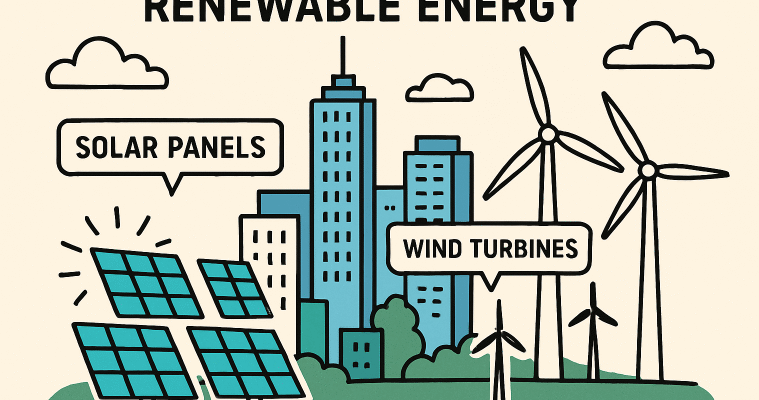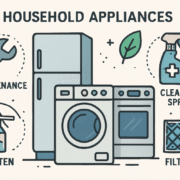Introduction
The renewable energy sector is rapidly evolving due to innovative technologies and sustainability goals. Collaboration between renewable experts and a civil engineering consultant is crucial for successful project delivery and infrastructure integration. Renewable energy engineering addresses pressing global challenges through technological advancements, new policy frameworks, and investment opportunities. Civil engineering experts ensure structurally sound and long-term resilience in renewable energy systems, ensuring a shift towards cleaner power solutions. This article explores key engineering trends shaping the future of the energy sector.
Advancements in Solar Energy
Solar energy is a key player in the renewable transition, with significant advancements in panel efficiency and deployment scale. Bifacial solar panels, which harvest sunlight on both sides, increase total output and maximize available surface area for energy capture. Perovskite solar cells, with lab efficiencies over 25%, indicate a future where solar is affordable, scalable, and adaptable for various settings and climates. Commercial rooftops and utility-scale fields are increasingly equipped with advanced solar panels, making solar an attractive prospect for urban planners and the private sector. The global solar capacity grew at a record rate in 2023.
Innovations in Wind Power
The wind energy sector is experiencing powerful changes, especially as floating offshore wind farms reach deeper and windier waters that were previously inaccessible. Unlike conventional fixed-bottom turbines installed in shallow seas, floating turbines can be positioned far offshore, tapping into steadier wind resources and reducing land use conflicts.
This expansion is crucial for countries with limited shallow coastlines(such as Japan, Norway, and South Korea), which now have improved opportunities to invest in substantial renewable infrastructure. Turbine components are also becoming more modular and lightweight, reducing installation times and costs while increasing durability in harsh oceanic environments.
Emergence of Green Hydrogen
Green hydrogen represents a fundamental leap toward the decarbonization of sectors that are otherwise difficult to electrify, such as heavy industry, shipping, and aviation. By splitting water using renewable-powered electrolysis, this form of hydrogen avoids the carbon emissions associated with traditional fossil-fuel production.
Countries like Australia and Germany are building dedicated infrastructure that supports green hydrogen generation, storage, and export. Researchers and industry leaders are working collaboratively to make hydrogen a global energy carrier, and many pilot projects are demonstrating its feasibility at both local and industrial scales.
Energy Storage Breakthroughs
Reliable energy storage is the backbone of a resilient renewable grid, making it possible to smooth out power flows and keep the lights on when sun and wind are insufficient. Advances in lithium-ion platforms have already reduced costs and improved reliability for utility and home users alike. Next-generation technologies, such as solid-state and flow batteries, promise further gains, delivering improved safety, durability, and energy density over traditional storage approaches.
Grid-Scale and Distributed Storage
Large-scale installations are complementing renewable projects worldwide, while smaller, distributed systems empower individual businesses and homeowners to store excess energy for peak demand periods. Grid operators are increasingly deploying battery farms and exploring seasonal storage capabilities, obtaining greater flexibility and resilience in the face of uncertain generation profiles.
Integration of Smart Grid Technologies
The introduction of digital monitoring, two-way communication, and decentralized controls characterizes the rise of smart grids. These systems allow operators to automatically balance and reroute power, accommodate distributed renewables, and manage growing demand from electric vehicles and digital infrastructure.
Smart grid deployments grant real-time visibility into system performance, making outages quicker to diagnose and repair. For consumers, technologies like home energy management systems and smart meters provide actionable data, empowering proactive participation in grid stability and personal energy efficiency. The U.S. Department of Energy provides comprehensive information on smart grid technologies and their benefits.
Digitalization and AI in Energy Management
Machine learning and AI tools are revolutionizing plant operation, predictive maintenance, and forecasting. By analyzing streams of data from sensors and control systems, AI can optimize performance, anticipate failures, and automatically adjust production to market conditions and renewable availability.
AI-driven solutions have already cut operational costs and maximized infrastructure use across numerous renewable projects globally. This digitalization is critical for integrating distributed energy sources and developing future-proof energy systems capable of supporting electrified transport and industry.
Policy and Investment Trends
Global clean energy adoption is accelerating, with international investment reaching $2.1 trillion in 2024. Policymakers are implementing incentives like tax credits, streamlined permitting, and research funding to lower barriers to entry. Companies and banks are starting to see the pros and cons of being at the front of the low-carbon transition. With big climate goals for 2030 and 2050, renewable energy is becoming the most important part of the energy landscape. on 2024, more than $2 trillion was invested around the world in the energy transition.
Future Outlook
The blending of advanced engineering, strategic policymaking, and smart finance will shape tomorrow’s energy systems. As solar, wind, hydrogen, and storage technologies mature, and digital solutions streamline grid management, renewable energy is poised to secure a leading role in the global supply mix. Engineers, consultants, and innovators will remain pivotal in delivering on climate commitments and building a sustainable energy future for generations to come.
If you want more exciting content, visit. Globallyviz.com














Comments